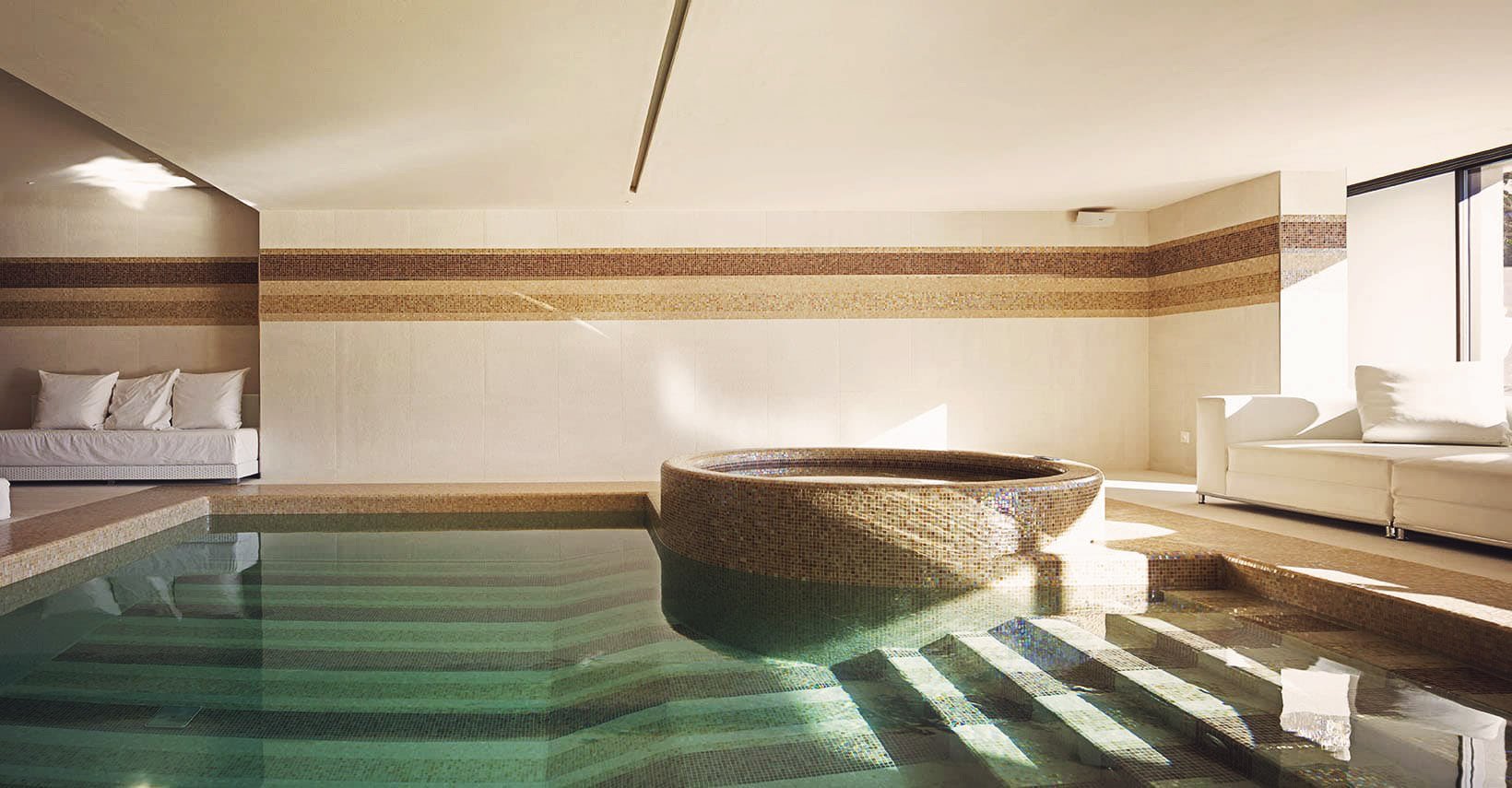The number of Hawaiian restaurants on the Foursquare app is rising, the majority of which will serve the latest food trend: Poke bowls. While some may have predicted poke bowls to be the craze of the summer, they've stuck around for the better part of three years - and the trend shows no sign of slowing. The poke consumption shows still a yearly growth rate of 6.99%.
A Hawaiian raw fish dish combining chunks of fresh seafood with umami-rich toppings, poke has overtaken sushi and ceviche as the in-demand summer snack in the last few years. So what do hospitality professionals need to know about the poke trend?
Poke's Origins
While poke is a traditional Hawaiian dish, it has taken a long time for the seafood staple to reach the mainland U.S., nevermind go global. The traditional poke dish combines chunks of raw tuna with salt, candlenuts, and seaweed.
This option is still available today, however part of poke's appeal is the way it can be customized to different tastes. Poke shops offer a make-your-own style poke bowl, where diners can select from toppings like soy sauce, sesame oil, sesame seeds, scallions, Maui onions, cucumbers, and flaked chili. Some poke shops offer rice bowls where the fish dish is served over sushi rice, where others focus on the fish as a standalone dish.
Just as diners can choose from an array of toppings, they can also select from other fish. Poke has grown beyond tuna, and diners can find salmon, albacore tuna, red snapper, octopus, and other seafood. "Each bowl is made to order," says one Los Angeles poke shop owner, Seth Cohen. Cohen explains that it's unlike the traditional way, where a big batch of poke would be sitting on the deli counter marinating all day.
While the biggest growth of poke has been in the fast casual sphere, chefs at all levels are adding poke dishes to the menu. Some of the more inventive takes include poke nachos, which feature tuna chunks, wonton chips, nori, sesame seeds, and serrano peppers.

What's Behind the Poke Bowl Craze?
Poke has taken hold in Los Angeles, Sydney, Toronto, Paris, and London, among other cities.
Diners are always looking for something they can eat on the go, and poke is certainly convenient for grab-and-go food. The dish is also pretty and photographs well for Instagram, a top selling point.
It's also a healthy dish people can feel good about eating. Fish is naturally healthy, and tuna packs an omega-3 wallop. Minimal processing adds to the appeal for diners looking for food that's close to its natural state, yet seasoned with spice, heat, salt, and herbs for a flavor kick.
Restaurateurs also welcome the poke trend. Compared with other fast casual options, like pizza or burgers, poke requires less startup costs. Instead of investing in ovens, grills, and ventilation systems, chefs need only refrigerators and rice cookers. The food is also assembly-line friendly, like the Chipotle burrito, except with a healthy cache.
Since poke shops require less startup cost, they can offer their food at price points low enough to appeal to diners on a budget, from college students to office workers. This accounts for poke's appeal among those looking for successful restaurant concepts.
While poke bowls are wallet-friendly fare, they also scale up to premium price points, a selling point for upscale restaurants looking to cash in on the poke trend. At the upscale level, restaurants can showcase the flavor of fresh line-caught fish and the culinary imagination of talented chefs, then charge a premium for their ingredients and expertise.
